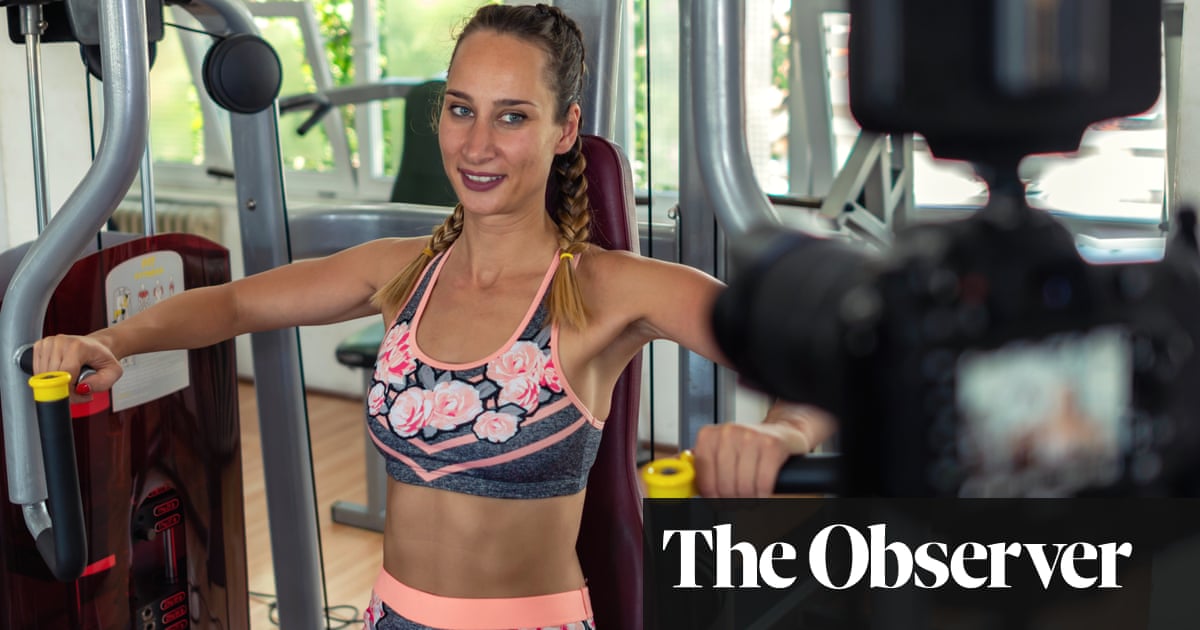
Plans to reopen gyms and leisure centres in July across the UK are being discussed in government circles as part of wider proposals to further open up grassroots sport, the Guardian understands. The hope is that it would apply throughout the country, as many gym companies have facilities across national boundaries, although those involved accept devolution could present certain challenges.
Grassroots football and rugby clubs could also be allowed to train together in separate groups of five that month, if the rate of infections continues to fall and public health officials rule it is safe to do so. However, those wanting to play contact sports – including rugby with full scrummaging, boxing and mixed martial arts – are likely to have to wait until September or October before a full return to action is deemed safe.
One government source stressed while the new proposals were dependent on the wider picture across society, there had been a shift in thinking and that guidelines from representatives of the UK’s 7,000 gyms to potentially reopen were now being actively considered.
Another source said gyms had worked “really hard to bring sensible solutions” to the table and that, as a result, they could open much earlier than October, as had originally been envisaged.
A meeting between the government, health officials and representatives of the gym and leisure industry will take place in the coming days to sketch out a potential roadmap back.
The development comes as a Sport England/Savanta ComRes survey of more than 2,000 people shows that the British public misses going to the gym more than doing any other sporting or leisure activity during the lockdown – with 14% of respondents choosing it, putting it ahead of swimming on 13% and football on 5%. In addition, 87% of gym members told Savanta ComRes they are likely to resume their membership when facilities reopen, while 27% of people who are not currently members of gyms said they are likely to join.
Huw Edwards, the chief executive of UK Active, which represents thousands of gyms and leisure centres, said he was cautiously optimistic the industry – which employs 400,000 people and is worth around £8bn a year – could be back on its feet by the summer. “We want to open in a way which is safe for staff and customers, allows people to come back and train, and then gets businesses up and running again,” he said.
“The government has said to us nothing before the fourth of July. Our plan is to take government and Public Health England officials out to sites to reassure them that gyms can safely implement social distancing. We are going to be a completely open book.”
Edwards said UK Active have spent five weeks drawing up plans for how gyms, leisure centres and swimming pools could reopen while observing government guidelines. The advice includes spacing exercise equipment two metres apart or marking every other machine as out of order and a maximum capacity for users at any one time depending on the size of the gym.
“The guidance goes through everything: from deep-cleaning equipment and reworking gym floors and studios to maintain social distancing rules and the need to have signs to direct people so the flow feels more when you enter a supermarket,” he said. “Naturally, there will be reduced capacity too.”
Edwards hopes the government will consider more incentives to gyms when it comes to business rates in the future, given the importance of activity in tackling obesity and said he would be talking to the officials about opening school gyms during the summer to keep children active. “It could make a real difference given our research suggests that with kids from families from low income backgrounds there is an 80% drop off on fitness levels during the summer holidays.”












